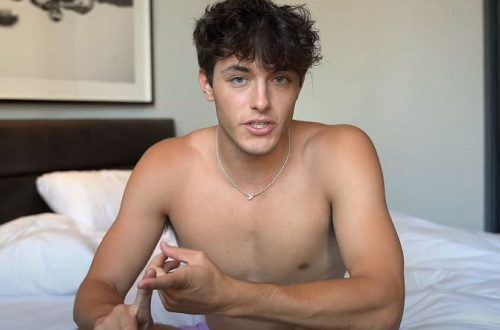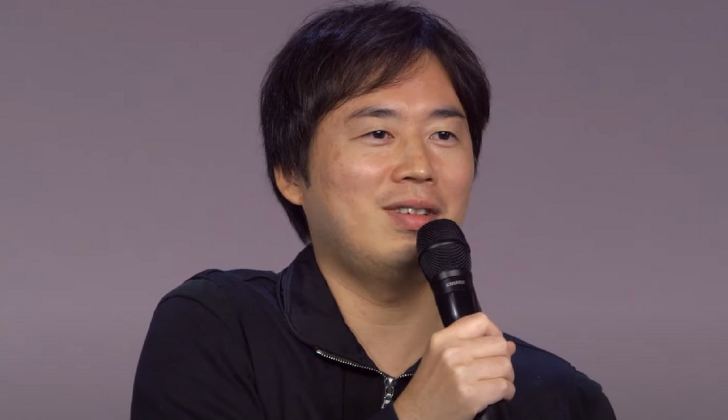
How to Contact Masashi Kishimoto: Phone Number, Fanmail Address, Email Address, Whatsapp, House Address
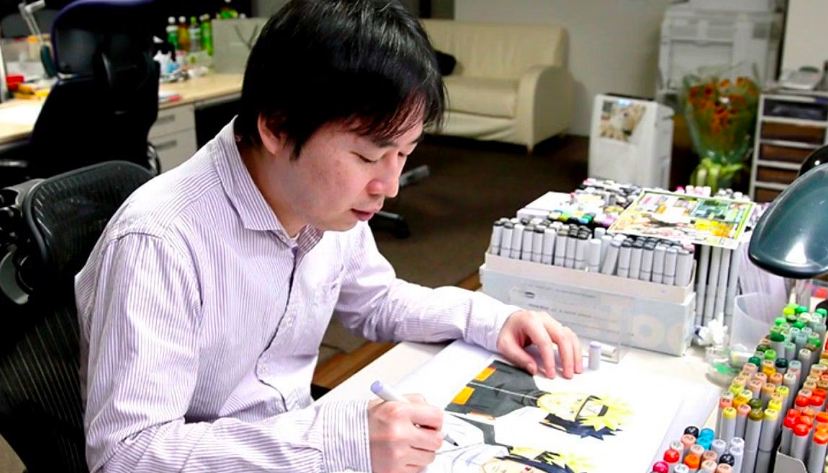
Masashi Kishimoto: 8 Ways to Contact Him (Phone Number, Email, House address, Social media profiles)
Masashi Kishimoto: Ways to Contact or Text Masashi Kishimoto (Phone Number, Email, Fanmail address, Social profiles) in 2023- Are you looking for Masashi Kishimoto’s 2023 Contact details like his Phone number, Email Id, WhatsApp number, or Social media accounts information that you have reached on the perfect page.
Masashi Kishimoto Biography and Career:
Masashi Kishimoto is a well-known manga artist from Japan, and he is most known for developing the manga series Naruto, which ran from 1999 to 2014. Masashi Kishimoto and his twin brother Seishi Kishimoto were born in Okayama Prefecture, Japan, on November 8, 1974. Kishimoto demonstrated an early interest in art by sketching characters from the anime he saw as a kid, such as Arale from Dr. Slump and Doraemon.
Kishimoto and his brother were avid viewers of the anime series Kinnikuman and Dragon Ball while they were in elementary school. Kishimoto greatly admired Dragon Ball creator Akira Toriyama throughout the years that followed, adoring Toriyama’s manga and anime works like Dragon Ball and Dr. Slump and the role-playing video game Dragon Quest, on which Toriyama served as a graphic designer.
He followed the Dragon Ball manga owing to a classmate who subscribed to Weekly Shonen Jump, even though he could not afford to do so. Kishimoto’s passion for comics waned when he entered high school and began participating in sports like baseball and basketball. Kishimoto, however, was inspired by the poster art for the animated film Akira and sought to replicate the aesthetic of the film’s creator, Katsuhiro Otomo.
Kishimoto spent his time in high school making comics and attending art school to become a manga artist. Upon seeing that Weekly Shonen Jump had not published a Chanbara manga, Kishimoto decided to try making one. However, Kishimoto began reading works of this genre by authors like Hiroaki Samura (Blade of the Immortal) and Nobuhiro Watsuki (Rurouni Kenshin) around the same time.
Kishimoto says that after reading Akira, he was no longer shocked by manga and could not hold his creativity. Kishimoto began creating comics for magazine competitions during his sophomore year of university. However, he did specify that his works were more akin to seinen manga, written for an adult audience, than shonen manga, intended for younger readers. Kishimoto wanted to make a manga for the young adult magazine Shonen Jump, but he realized his style did not fit.

Kishimoto was blown away by the animation style used in the anime series Hashire Melos!, prompting him to study the works of other animators. He then met Tetsuya Nishio, the Ninku anime adaptation’s lead designer, whom he regarded as formative. Kishimoto realized that his style has begun to resemble the sheen series since he had begun to imitate the methods of many character designers from anime series.
In 1995, Kishimoto submitted the manga pilot Karakuri to Shueisha, and the company quickly picked it up. In 1996, they received Shueisha’s “Hop Step Award,” an honorable mention given to the most promising new manga artists monthly. After being assigned editor Kosuke Yahagi, he worked on many unpublished works, such as the slice-of-life manga Michikusa and the action comic Asian Punk, which were ultimately rejected. The 1997 one-shot he wrote for Akamaru Jump Summer was highly appreciated, but adapting it into a series proved challenging.
While preparing Karakuri for serialization in Weekly Shonen Jump, Kishimoto was given a one-shot in December 1997. Due to the rushed nature of the project, Karakuri did not make a good first impression with readers when it premiered two weeks later in Weekly Shonen Jump 1998 No. 4-5, prompting the series’ cancellation.
When Karakuri failed, Kishimoto scaled down his production and tried his hand at a seinen magazine with draughts of a baseball comic called Yaky. When Yahagi convinced him to give them another go, Kishimoto started drawing up storyboards for a fantasy one-shot named Magic Mushroom. Still, he had to stop when Yahagi phoned and requested him to draw up storyboards for serialization instead.
The two collaborated on a new take on Naruto and submitted storyboards for the first three chapters, landing them a position in the magazine. Kishimoto took six months to rework and redraw the first few chapters of the series.
Since its debut in Weekly Shonen Jump 1999 No. 43 in September 1999, the serialized edition of Naruto has been an instant success. After over 15 years of serialization and 700 chapters compiled in 72 volumes, Naruto concluded on November 10, 2014. As of volume 36, sales have topped 113 million in Japan, 95 million in the United States, and 93 million globally. Two popular anime series were based on it. In 2006, the Naruto manga series accounted for approximately 10% of all manga sales in the United States, making it one of Viz Media’s top products.
When Viz’s volume 7 won the Quill Award for Best Graphic Novel in 2006, it made history as the first manga to do so. Kishimoto revealed his feelings on Naruto’s popularity in Naruto Collector Winter 2007/2008 “I am pleased that ninja has finally found an appreciative audience in the United States. The fact that the American public can appreciate something new to them is evidence of their refined taste.”
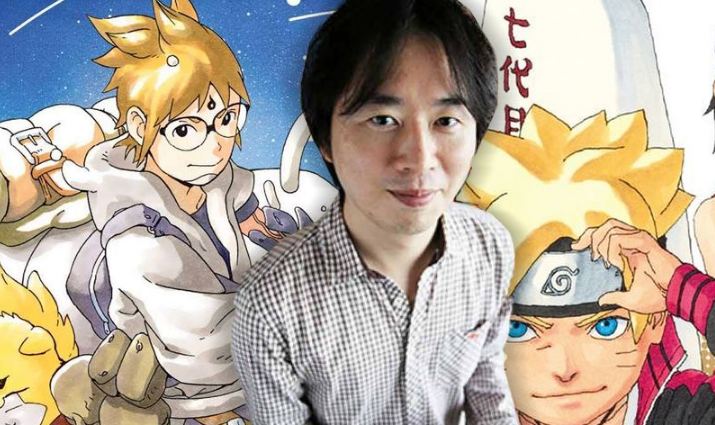
Two of his previous aides have succeeded after working on Naruto; Osamu Kajisa (Tattoo Hearts) and Yuuichi Itakura (Hands). Kishimoto created an alternate outfit for Lars Alexandersson to wear in Tekken 6 in 2009; in 2010, as part of a cross-promotion, Alexandersson made an appearance in Naruto Shippuden: Ultimate Ninja Storm 2. In 2010, Kishimoto contributed to Jump’s “Top of the Super Legend” initiative with a one-shot baseball manga titled Bench. This was one of six one-shot comics by well-known Weekly Shonen Jump magazine artists.
Kishimoto wrote and designed all the characters in the ninth Naruto film, Road to Ninja: Naruto the Movie. Kishimoto collaborated on the Motion Comic Naruto DVD, which included 3D animations of manga sequences and was sent to the first 1.5 million moviegoers as a promotional tool. In July 2012, Kishimoto informed Tetsuya Nishio that publishing the last chapter of Naruto would take more than a year and a half.
Kishimoto, though, has conceded that it now seems likely that the manga will continue beyond that window. Kishimoto’s unfinished mafia comic Mario, which he worked on before Naruto became serialized, was finally published in a one-shot in Jump Square in April 2012. Some of Kishimoto’s one-shots, including Mario, Bench, and the original Naruto pilot, had their English premiere in editions of the Weekly Shonen Jump digital magazine in 2013.
Masashi worked on the 2014 video game Naruto Shippden: Ultimate Ninja Storm Revolution, where he designed new characters like Mecha-Naruto and Mecha-Kurama, pre-Akatsuki versions of Sasori, Kakuzu, and Hidan, and Shisui Uchiha’s and Itachi Uchiha’s Complete Body Susanoo, and supervised the editing of the game’s three playable stories, known as Ninja Escapades. The Agency for Cultural Affairs also named Kishimoto “Rookie of the Year” for the series.
Kishimoto pulled the plug on Naruto on November 10, 2014, after 15 years. As of September 2014, 200 million copies of Naruto have been sold worldwide. The series covered 72 volumes. Following a two-year hiatus, Kishimoto has revealed his involvement with the following 2017 season of the Boruto anime and the Lionsgate-produced Live Action Naruto Movie.
Samurai 8: The Story of Hachimaru, Masashi Kishimoto’s newest manga series, premiered on Weekly Shonen Jump on May 13, 2019, and ran through March 23, 2020, totaling 43 chapters across five volumes. Like Naruto, it was licensed by VIZ for an English distribution in their new Shonen Jump release format. Kishimoto took over the writing of the Boruto: Naruto Future Generations manga from Kodachi starting with chapter 52, as revealed on November 16, 2020; Ikemoto remained on board as the series artist.
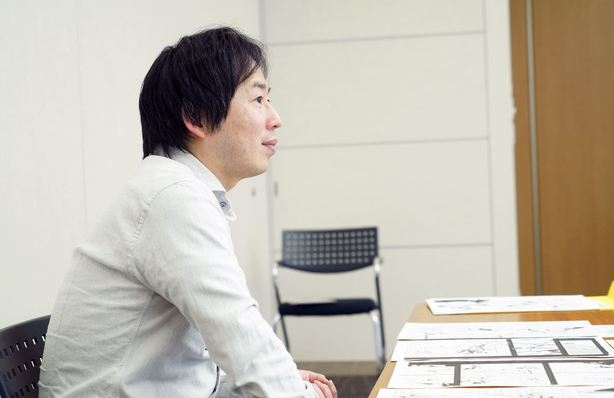
Masashi Kishimoto Profile-
- Famous Name– Masashi Kishimoto
- Birth Sign- Scorpio
- Date of Birth– 8 November 1974
- Birth Place– Nagi, Okayama, Japan
- Age – 48 years (As 0f 2023)
- Nickname– Masashi Kishimoto
- Parents– Father: NA, Mother: NA
- Sibling– NA
- Height– 1.68 m
- Profession– Artist
- Twitter Followers: 40.1K Followers
- Total Insta Followers: 73.6K followers
- Total YouTube Subs: NA
Masashi Kishimoto’s Phone Number, Email, Contact Information, House Address, and Social Profiles:
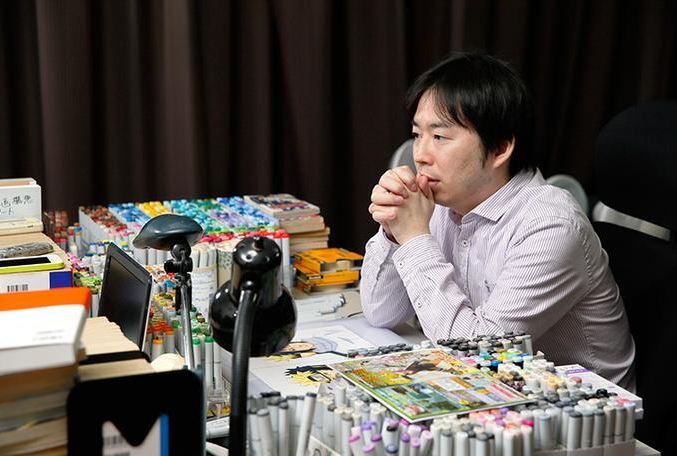
Ways to Contact Masashi Kishimoto :
1. Facebook Page: @Masashi Kishimoto
Masashi Kishimoto has a Facebook where he gets posts his pics and videos. You can go to his page via the link given above. It is reviewed, and we confirm it is a 100% Real Profile of Masashi Kishimoto. You can follow him on his Facebook profile, and you can follow the link above.
2. YouTube Channel: NA
3. Instagram Profile: @Masashi Kishimoto
Masashi Kishimoto also has his Instagram profile, where he gained a million followers and got around 100k likes per post. If you want to see his latest pics on Instagram, you can visit through the above link.
4. Twitter: @Masashi Kishimoto
5. Phone number: +81 (0)3-5211-2632
Many phone numbers are leaked on Google and the internet in the name of Masashi Kishimoto, but upon checking, we found none work. However, when we see the exact number, we will update it here.
6. Fan Mail Address:
Masashi Kishimoto
Shueisha Inc,
2-5-10 Hitotsubashi,
Chiyoda-ku,
Tokyo-to 101-8050
Japan
7. Email id: NA
8. Website URL: NA
Read Also: How to Contact Regina Ginera: Phone Number, Fanmail Address, Email Address, Whatsapp, House Address


